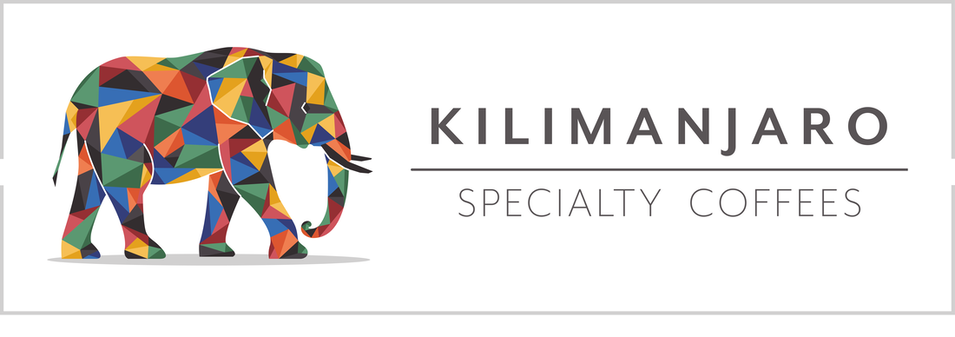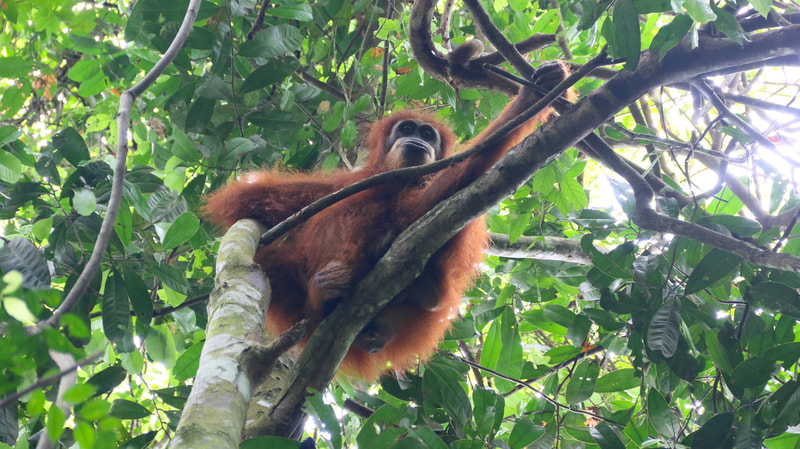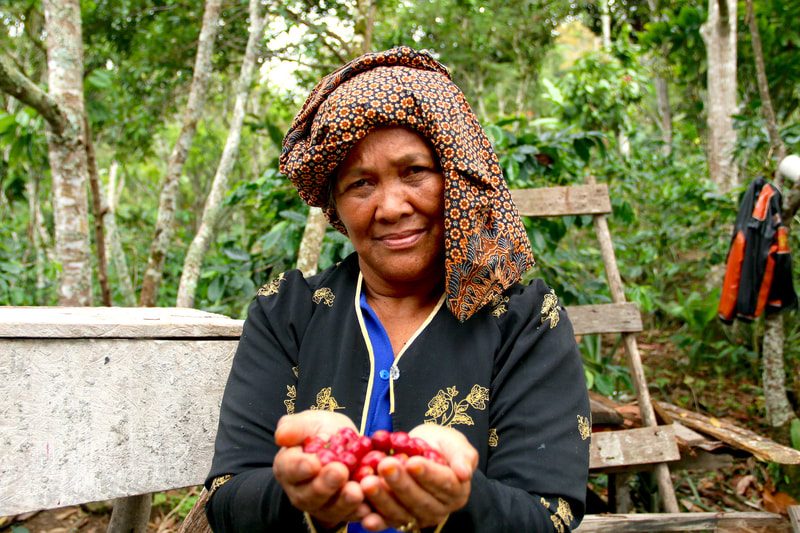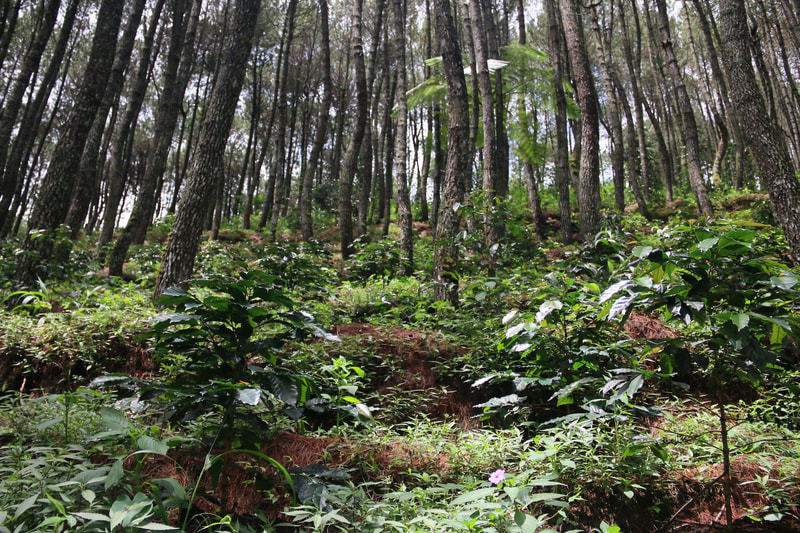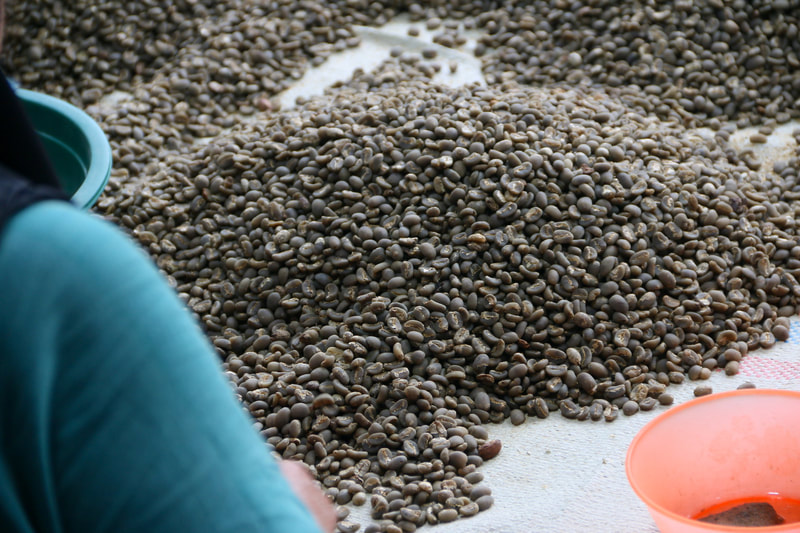SUMATRA orang utan
General Information
|
Origin: Sumatra, Indonesia
Region: Gayo, Aceh Village: Bener Meriah villages Cooperative: PT. Ihitiyeri Keti Ara Washing Station: Various Farmers: 380 active members (285 female, 95 male) Cultivars: Tim Tim & Ateng Altitude: 1.300 - 1.600 masl Process: Giling Basah (Wet Hulled) Harvest: Sep - Nov 2023 Cherry Price | FOB Price: 5.16 USD/kg | 7.22 USD/Kg Screen | Moisture | Density: 17+ | 13 % | 0.686 g/ml Packaging: 60 Kg w/ GrainPro Score: 85.5 Notes: Peach, cola, pepper, cocoa |
|
GILING BASAH PROCESS
BENER MERIAH VILLAGE LOCATION
|
WHERE WE ARE
Barcelona, Spain Santiago, Chile Budapest, Hungary |
